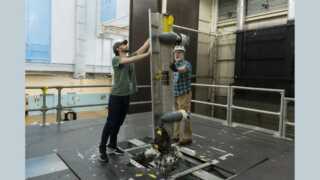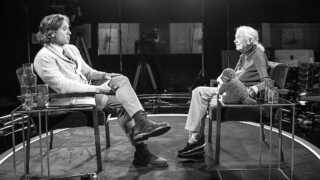With the advanced air mobility sector there is development of new aircraft such as taxis and cargo drones which are autonomous. Before they go for the everyday missions operations, they undergo testing. To accelerate that work, NASA is investigating a new kind of model wing. The prototype wing uses a tiltwing configuration. The rotors and airfoils can spin from vertical to horizontal, which allows the craft to remain at a place and then land just like a helicopter and aso cruise like a traditional airplane. This dynamism of it opens the door to various options of regional and urban operations.NASA Tests Tiltwing Model to Shape Future Air TaxisAs per NASA, many aerospace companies have active tiltwing programs, and NASA’s research with the model wing will ultimately benefit the entire advanced air mobility ecosystem. Brandon Litherland, the lead investigator at NASA’s Langley Research Center in Virginia, underscored the agency’s commitment to the sector’s rapid growth. He noted that improved testing tools will enhance confidence in performance predictions and safety certification.During May and June, NASA operated a 7 foot span wing model, which is the right half of the full wing embedded with many small propellers in a large Langley wind tunnel. The semispan arrangement let engineers study how the wing and propellers interact under a range of speeds and atmospheric states. Results from the tests will feed into safer, more efficient aircraft by refining design concepts and verifying simulation codes.Collecting Data to Make Aircraft Safer and SmarterAccording to test director Norm Schaeffler, results from the tiltwing test will yield a unique database for validating early-stage design models. The faster turnaround from idea to an optimized flight is on priority, and the new information commits to tighten guidance for the aerodynamics shaping and measures for noise cancellation.More than 700 pressure taps, load cells, and accelerometers dotted the wing, measuring pressure distribution, aerodynamic loads, and the influence of the rotating propellers. The model mounted to a turntable so it could be incrementally pitched and the propellers could be operated across a range of speeds. Through cycling wind tunnel speeds, the team can make exact copies of different flight regimes, from hovering to cruising to the transitioning between regions.
Source: gadgets360.com


